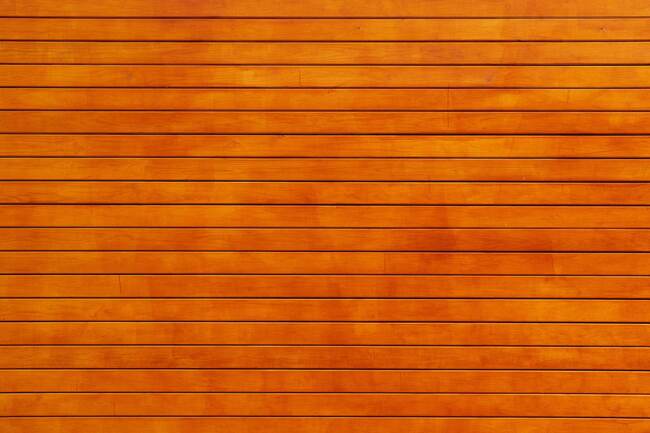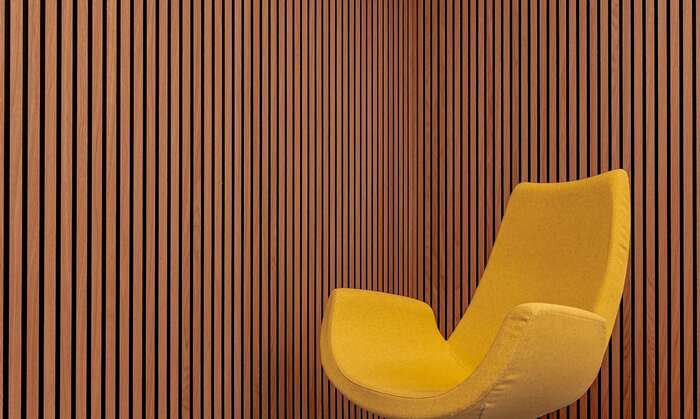Exterior wall wood panels have become a defining feature of contemporary architecture, valued for their versatility, natural appeal, and environmental benefits. They enhance building designs by providing warmth and texture while improving insulation. Many architects use them to create façades that merge seamlessly with their surroundings, establishing a strong link between indoor and outdoor spaces. This combination of function and beauty explains their increasing use in residential, commercial, and public projects.
Recognizing the value of wood panels allows designers and builders to make informed decisions. These panels provide not only aesthetic enhancement but also sustainability and durability. Their ability to reduce energy use through natural insulation contributes to efficiency, while their renewable nature supports eco-friendly design. By incorporating them into projects, professionals achieve both practicality and long-lasting visual impact.
Evolution of Wood in Architecture
Wood has played an integral role in architecture for centuries. Ancient civilizations relied on it for both structural and decorative purposes, using local resources to construct durable shelters and public spaces. Over time, woodworking methods evolved alongside advances in tools and construction techniques, expanding the ways in which wood could be used.
In modern architecture, the move toward sustainable practices has revitalized interest in wood. Architects now view it not only as a practical material but also as a means of promoting environmentally responsible design. Exterior wall wood panels in particular demonstrate how traditional craftsmanship can be combined with modern technology. Their resurgence highlights a growing preference for natural materials that balance performance with aesthetics.
Characteristics of Exterior Wall Wood Panels
Exterior wall wood panels are designed to protect and decorate the outer surfaces of buildings. They provide insulation, weather resistance, and structural support, while also defining the building’s overall character. Panels are available in a variety of styles and finishes, making them adaptable to different architectural approaches.
Several types of wood are commonly used:
- Plywood is strong, adaptable, and suitable for diverse projects.
- Oriented Strand Board (OSB) is cost-effective and resistant to moisture.
- Cedar offers natural durability and weather protection, with rich visual qualities.
- Pine is affordable, lightweight, and easy to install.
Each option serves distinct purposes, enabling architects to select materials that meet specific environmental and design requirements.
Sustainability is another defining feature of wood panels. When sourced from responsibly managed forests, they provide a renewable solution with a reduced carbon footprint. Their natural insulation properties help regulate indoor temperatures, decreasing reliance on artificial heating and cooling. In addition, wood absorbs and stores carbon dioxide throughout its lifespan, further reducing environmental impact.
Applications in Modern Architecture
Exterior wall wood panels are widely used across different sectors of construction.
- Residential buildings: They enhance the comfort and individuality of homes, whether in single-family houses or apartment complexes. Their warmth and texture create inviting living environments, while their insulation properties contribute to energy savings.
- Commercial buildings: Offices, shops, and warehouses benefit from wood’s flexibility. Panels can reflect a professional image while still offering a welcoming atmosphere for employees and customers. Their design versatility allows businesses to balance functionality with branding.
- Public structures: Schools, libraries, and community centers often feature wood paneling. These facilities require materials that are durable, sustainable, and culturally expressive. Wood is often chosen for its ability to convey warmth and inclusivity while aligning with environmental goals.

Challenges and Solutions
Like any natural material, wood panels require consistent care. Without maintenance, their quality and appearance can deteriorate. Cleaning with mild solutions, monitoring moisture levels, and reapplying protective finishes are essential practices to extend their lifespan.
Exposure to excessive sunlight, humidity, or rainfall may cause warping, discoloration, or decay. Preventive strategies such as installing moisture barriers, sealing joints, and applying protective coatings help reduce these risks. Regular inspections also allow for early identification of insect infestations or water infiltration. Addressing issues promptly prevents more extensive damage and preserves the safety and durability of the structure.
By implementing these measures, property owners ensure that wood panels maintain their strength and beauty for many years.
Innovations in Exterior Wall Wood Panels
Recent innovations have transformed how wood panels perform and appear. Advances in treatment techniques now enhance resistance to weather, pests, and wear, increasing their suitability for demanding environments. Improved manufacturing processes also raise durability and precision, ensuring panels meet high-performance standards.
Design has evolved alongside these technical developments. Architects and designers increasingly experiment with colors, textures, and patterns, combining modern aesthetics with traditional influences. This flexibility allows wood panels to adapt to both minimalist and expressive architectural styles. The result is a material that is not only practical and sustainable but also highly adaptable to changing trends.
Conclusion
Exterior wall wood panels continue to shape modern architecture by offering a balance of function, beauty, and sustainability. Their versatility enables them to complement a wide range of projects, from private homes to public buildings. While they require maintenance, advances in treatments and design have greatly improved their durability and performance. For architects, builders, and property owners, wood panels represent a material that aligns with both environmental responsibility and creative expression, ensuring their ongoing relevance in the built environment.


